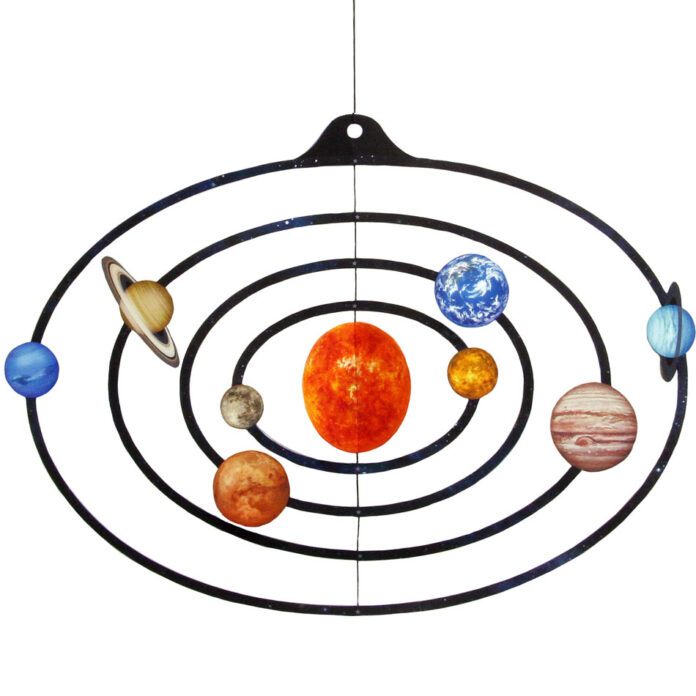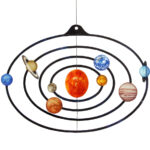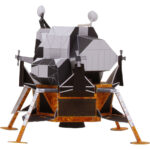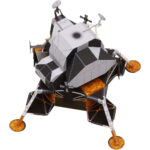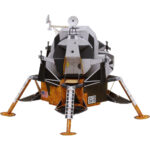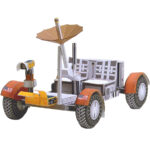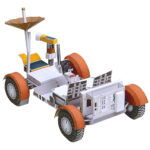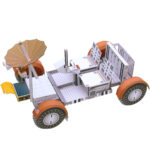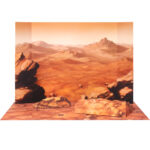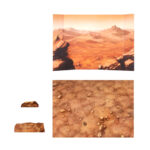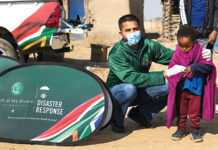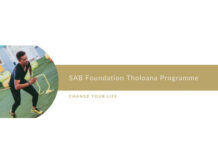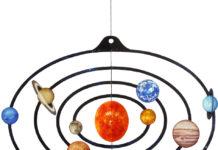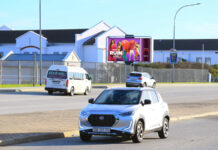With a recent focus on space missions and space exploration going intergalactic, there’s a renewed interest in the solar system and astronomy. To help families learn about the solar system and inspire the next generation of space explorers. This International Astronomy Day which was on the 15th May 2021, Canon Europe collaborated with TV presenter, author and world-class astronomer Mark Thompson, to share tips connected to Canon’s Creative Park.
2021 has already showcased remarkable human achievements, such as the landing of NASA’s Perseverance Rover on Mars and Space X’s continued Starlink Mission. With more news set to lift off this year, interest in space exploration has spiked, with Twitter citing a 41% increase in conversation around astronomy and the stars[i].
Canon’s Creative Park has a wide selection of 3D space-themed paper kits, wall hangings and planetary stickers to get creative with. Available to download for free and print from home, Creative Park helps families learn about space in a fun and engaging way.
Highlight assets include:
- A 3D solar system mobile[ii] to learn about the structure of the solar system
- Planet wall sticker sheets[iii] for decorating playroom walls
- A backdrop of the moon’s surface[iv], which can be explored using the printable moon buggy[v]
- International Space Station Colouring Sheet[vi] for younger members of the family
Mark Thompson’s insightful astro tips include:
- Be observant and see if you can spot history: The moon can be seen from all corners of Earth, and millions watched as Neil Armstrong and Buzz Aldrin became the first people to walk on its surface over fifty years ago. Canon’s Creative Park Apollo Lunar Module is an iconic celebration of this historic achievement. But did you know that the site where Apollo 11 landed was called the Sea of Tranquillity? To spot the Sea of Tranquillity, familiarise yourself by finding a map of the moon, such as on NASA’s website and see if you can find it. It looks like a large grey patch on the lunar surface, but it isn’t actually a sea, it’s lava.
- The sky is full of moving surprises: If you look carefully, you might notice certain stars which appear to be moving faster than others. These are not stars, but satellites. A great example is the International Space Station, a giant science laboratory where astronauts and scientists live, whilst performing experiments in space. In future years, there could be space holidays to places similar to Canon’s Creative Park Space Hotel, but for now at least, we can transport our imagination to what that would be like.
- Imagine new frontiers: Our ancestors referred to planets as ‘planetes’, Latin for ‘wanderers’, on account of their strange movement among the stars. Did you know it is possible to see five planets simultaneously in the sky, including Mars, with the naked eye? Creative Park’s Mars Diorama will help you imagine what it would be like to stand on the surface of the red planet.
- Map your journey: Mars is undoubtedly the next space destination humans will visit. The various rovers that have been mapping the surface, like Perseverance Rover which has just arrived, are essential in making this happen as we take our next step out among the stars. Send out a rover yourself using Creative Park’s Mars Curiosity Rover.
To start your space journey, please visit: creativepark.canon/
For families eager to explore Creative Park’s space selection, Canon’s PIXMA range of inkjet printers make the perfect companion, thanks to its creative capabilities.
[i] The Conversation: Twitter Trends Report 2020: https://marketing.twitter.com/en/insights/the-conversation-twitter-trends-2021
[ii] Artist: Kazushi Kamimoto
[iii] Artist: Kazushi Kamimoto
[iv] Artist: Makoto Shiki
[v] Artist: Koichi Kiyonaga



